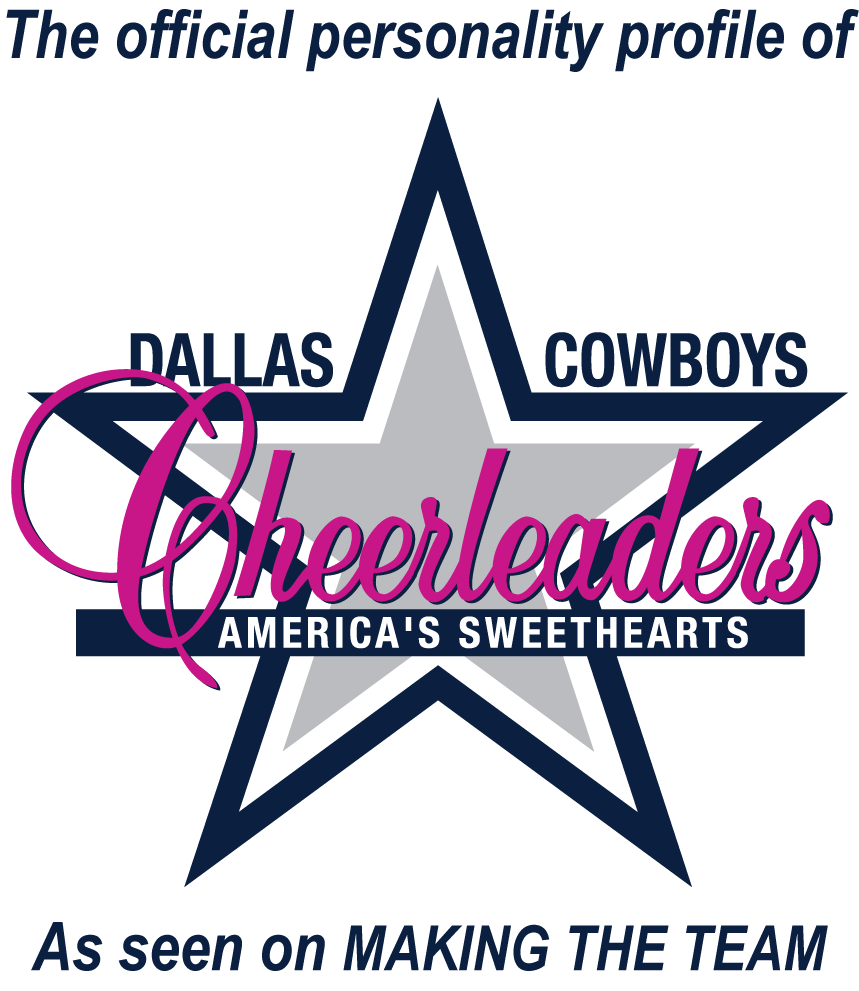| “Outstanding leaders go out of their way to boost the self-esteem of their personnel. If people believe in themselves, it’s amazing what they can accomplish.” |
| Sam Walton |
“The really great make you feel that you too can become great.” |
| Mark Twain |
There are thousands of references that point the way to greatness in leadership and most leaders have read many of them. Clearly, if reading about the attributes of great leadership was sufficient, most leaders would be exceptional. But that is not what experience or research suggests. Some cases in point:
- When Jim Collins went in search of great leaders in preparing to write his book, Good to Great, he studied hundreds of organizations and found only a handful of great leaders.
- When employees are polled anonymously, the majority rate their leaders as average or below average.
- According to a recent Gallop poll (2004) only 26% of employees are actively engaged in their work, 55% are not engaged and 19% are actively disengaged. That means that 74% of employees are not being led, motivated and inspired sufficiently to even be engaged in their work, much less to perform well.
The estimated loss in American productivity is in the trillions of dollars and billions in profits!
As the Gallup Organization and almost all great management consultants have pointed out, the problem almost always boils down to individual managers and leaders. It is not uncommon to hear leaders and managers blaming today’s workforce, the current American culture and/or the attitudes of Generations X and Y. But these are all impacted, for good or ill, by leadership far more profoundly than any employee or the general culture could. It is leadership that drives attitudes and attitudes that drive performance.
Those in leadership positions tend to look outward to their people, assuming they are the cause of the problems that plague their organization, rather than the result. They therefore keep trying to fix their people, and usually with disappointing results. After multiple failed attempts the problems seem too complex to address and leaders are often at a loss for what to try next.
The good news is that the fix is really quite simple. But for organizations to take advantage of the simple fix, leaders must re-examine their ideas about how business works and what drives it.
The hallmark characteristic of just about every leader in the vast majority of corporations is the belief that logical, definable, rational and controllable outcomes must be maintained above all else. That is an old school approach that isn’t working now, and will not work again in the foreseeable future.
To compete effectively in today’s business climate, managers must learn to navigate the still largely uncharted, and for many unwelcome, waters of emotional, psychological, and personal factors in themselves, their employees and their customers.
To many leaders this imperative represents a frightening shift. They are certain that this will be no easy undertaking and, to some extent, they are right. But, the most difficult part of the shift is not what most leaders imagine it to be. The most difficult part is the shift in leadership thinking and mindset.
The assumption is that such changes would be so dramatic and fundamental that they would not just rock the boat, but may capsize it. Yet addressing mindsets and attitudes, as well as behaviors, if done properly, always has the effect of increasing understanding, opening communications, tearing down silos, building bridges, improving morale, increasing productivity and growing profits.
To get there requires a much deeper look than most organizations are willing to consider, and it’s a shame too. Common sense tells us that when employees feel better, they perform better and treat other people better. And, when they perform better and treat other people better, they impact customers more positively. As a result, the customers feel better, are
more positive about the company and more satisfied, and satisfied customers translate to healthy profits.
Top organizations realize this and place employee satisfaction at the very top of their priority chart. And they are keenly aware that employee satisfaction begins with effective leadership.
 CORE types as leaders
CORE types as leaders
There is a common misperception that only those with Commander traits make good leaders. While it is true that Commanders are disproportionately represented at top management levels, it is mostly because Commanders seek to lead more than the other three types. As this report shows however, any type can be a good or bad leader depending on their level of development and emotional intelligence (reactions and ability to cope).
Although most organizations seek to replicate the standard C/E or C/O leadership model most organizations would benefit by expanding the model. In every organization, the ability to understand, measure and utilize the different leadership styles would result in a better functioning organization overall.
The goal of a CORE facilitator in working with leaders is to help them develop traits around their natural style so they have more energy and enthusiasm, helping them to use all of the tools available to them in the proper order, and improving coping skills. Development of these factors results in healthier, higher emotional intelligence, which is the number one predictor of success at every level and is critical to effective leadership.
The CORE Types in General
Each of the types brings something of value to an organization provided they are functioning as positive, well developed, emotionally mature individuals. Few, if any, organizations can operate at peak proficiency with leaders of all one type. The workplace, and certainly the marketplace, is highly diverse and the more diverse the management team, the better the organization is able to meet workplace and marketplace demands.
By knowing what positive, well developed, emotionally mature people bring to the table an organization can customize its operations for peak efficiency.
Conversely, by being able to recognize and avoid placing negative, undeveloped, emotionally immature individuals into management and leadership positions , leaders can avoid the problems that plague many organizations today.
Ultimately, the best indicator of success in leadership is emotional maturity (also called emotional intelligence) and the overall development lof critical traits For citable data on the effects of emotional intelligence on outcomes and organizational profitability refer to Daniel Goleman’s books Emotional Intelligence and Working with Emotional Intelligence. Both are filled with pertinent citations that can be researched. But Emotional Intelligence is just one-half of the equation. The healthy development of pertinent traits is the other half and there is only one tool I know of that can accuratley convey that; the CORE Milyidimensional Awareness Profile (CORE MAP).
Many organizations, in an attempt to address the vitally important issues of traits and abilities when placing and promoting people, currently use the Meyers-Briggs Type Indicator, DISC or a similar assessment. Unfortunately such assessments can be easily skewed (and often are) and they don't measure the essential-to-success attributes of emotional intelligence, traits development and coping capabilities. Only CORE MAP has a system that can do that. For organizations to be certain they are hiring and developing top performers and putting the right people in the right seats, the CORE MAP system is the answer.
If the leaders, managers and employees in your organization are performing as effectively as you want, don't despair. CORE MAP can pinpoint exactly why, give you the awareness and tools to rapidly and effectively develop any undeveloped areas, and help you move all your employees steadily toward greatness.
 Professional Path
Professional Path

